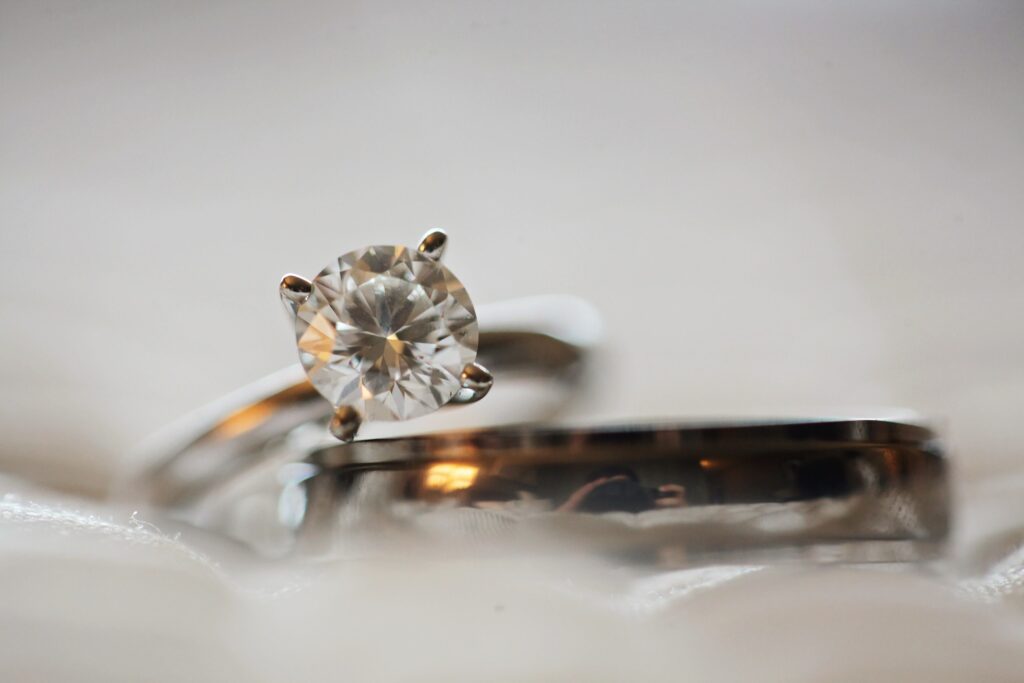Lab-grown diamonds have rapidly gained popularity in recent years, revolutionizing the jewelry industry with their sustainable and ethical benefits. For consumers seeking an alternative to mined diamonds, understanding their characteristics, advantages, and buying process is essential. This guide provides everything you need to know about lab grown diamonds guides, helping you make an informed decision.
Table of Contents
ToggleWhat Are Lab-Grown Diamonds?
Lab-grown diamonds, also known as synthetic or cultured diamonds, are created using advanced technological processes that replicate the natural formation of diamonds. Unlike cubic zirconia or moissanite, these diamonds share the same chemical and physical properties as natural ones. Our comprehensive lab-grown diamonds guide explains that they are produced through two primary methods: High Pressure High Temperature (HPHT) and Chemical Vapor Deposition (CVD). Each method involves simulating the extreme conditions found deep within the Earth, where natural diamonds are formed.
How Do Lab-Grown Diamonds Compare to Natural Diamonds?
One of the most common questions answered in any lab-grown diamonds guide involves comparing them with natural stones. While both types exhibit identical physical and chemical properties, the key difference lies in their origin. Natural diamonds form over billions of years deep within the Earth, whereas lab-grown diamonds are created in controlled environments over weeks or months. This process results in fewer impurities, often making lab-grown diamonds visually purer and more affordable. Our guide emphasizes that consumers can enjoy high-quality, ethical gemstones without compromising on brilliance or durability.
Advantages of Choosing Lab-Grown Diamonds
A critical aspect of any lab-grown diamonds guide is understanding their advantages. Firstly, they are more environmentally friendly. Mining natural diamonds requires significant land disruption and energy, whereas producing lab-grown diamonds reduces environmental impact. Secondly, they are ethically sourced. Traditional diamond mining has been associated with conflict diamonds and human rights issues. Lab-grown diamonds eliminate these concerns by offering a transparent, traceable origin. Thirdly, they are cost-effective, often priced 30-40% lower than their natural counterparts, allowing buyers to get a larger or higher-quality stone for the same budget.
Factors to Consider When Buying Lab-Grown Diamonds
Our lab-grown diamonds guide stresses the importance of evaluating key factors before purchasing. As with natural diamonds, the “Four Cs” — Carat, Cut, Color, and Clarity — play a crucial role. Carat refers to the diamond’s weight, with larger stones being more expensive. Cut influences the stone’s brilliance, with well-cut diamonds reflecting light beautifully. Color grades range from colorless to yellowish, with colorless stones being the most valuable. Clarity measures the presence of internal or external flaws, known as inclusions or blemishes. A reliable lab-grown diamonds guide recommends choosing stones certified by reputable gemological laboratories to ensure quality and authenticity.
Lab-Grown Diamonds in Engagement Rings
Many couples are turning to lab-grown diamonds for their engagement rings, a trend highlighted in recent lab-grown diamonds guides. They offer an ethical, budget-friendly alternative without compromising beauty or quality. Customization is another advantage, as lab-grown diamonds can be tailored to meet specific preferences in size, shape, and design. Whether you prefer a classic solitaire or a more intricate setting, these lab diamonds provide endless options. As the demand for sustainable luxury grows, lab-grown diamonds are becoming the preferred choice for modern, conscious consumers.
Caring for Your Lab-Grown Diamond Jewelry
Proper care ensures the longevity of your lab-grown diamonds, a topic often covered in lab-grown diamonds guides. These diamonds are incredibly durable, ranking 10 on the Mohs hardness scale, but regular maintenance is essential. Clean your diamond jewelry with mild soap, warm water, and a soft brush to maintain its brilliance. Avoid exposing it to harsh chemicals or extreme temperatures. Periodic professional cleaning and inspection will also help preserve its beauty. By following these guidelines, you can enjoy your lab-grown diamonds for a lifetime.
Future Trends in Lab-Grown Diamonds
The future of lab-grown diamonds looks promising, as detailed in the latest lab-grown diamonds guides. Technological advancements are continuously improving the quality and reducing production costs. This growth is driving increased acceptance among consumers and jewelers worldwide. As sustainability becomes a top priority, the popularity of lab-grown diamonds is expected to soar. Additionally, new innovations may lead to even more customizable options, further enhancing their appeal. Keeping up with these trends will help you stay informed about the evolving landscape of the diamond industry.
Conclusion
Lab-grown diamonds represent a modern, ethical, and cost-effective choice for consumers seeking high-quality gemstones. This lab-grown diamonds guide has provided essential information on their production, benefits, buying considerations, and future trends. By choosing lab-grown diamonds, you contribute to a more sustainable and responsible jewelry industry while enjoying a beautiful, durable, and affordable alternative to natural diamonds.

